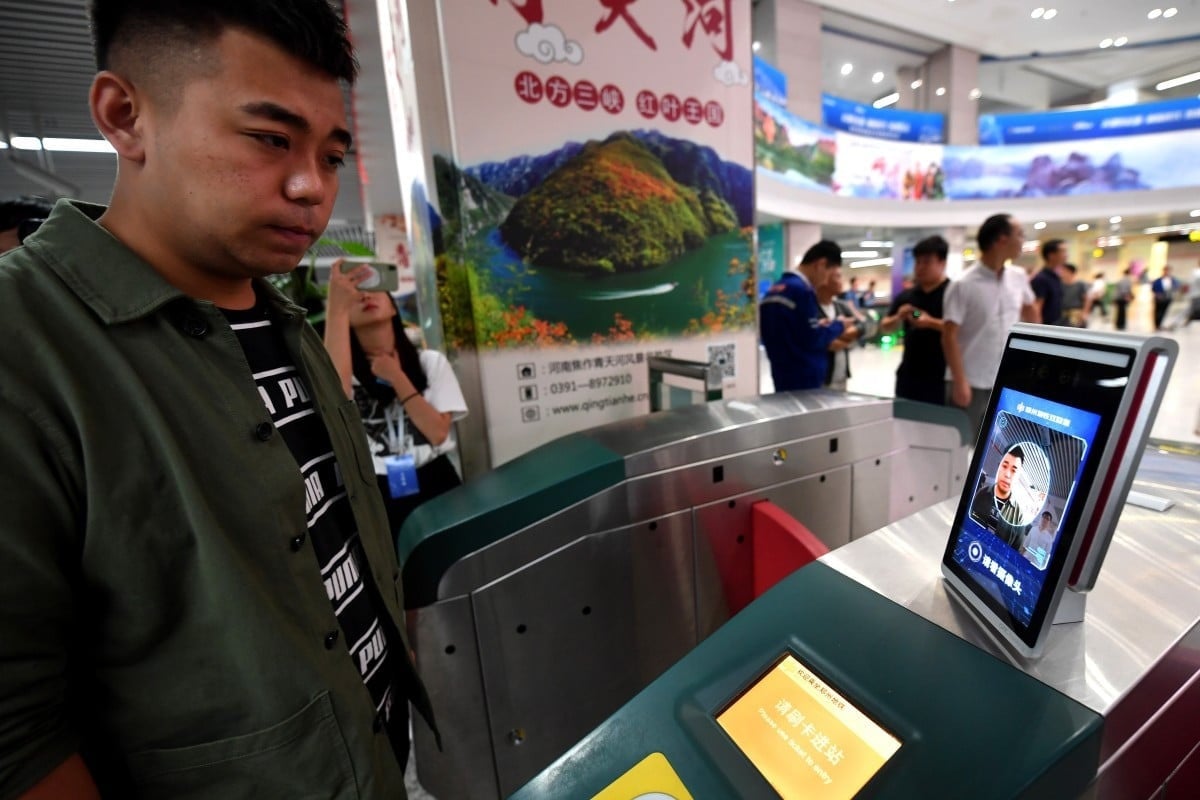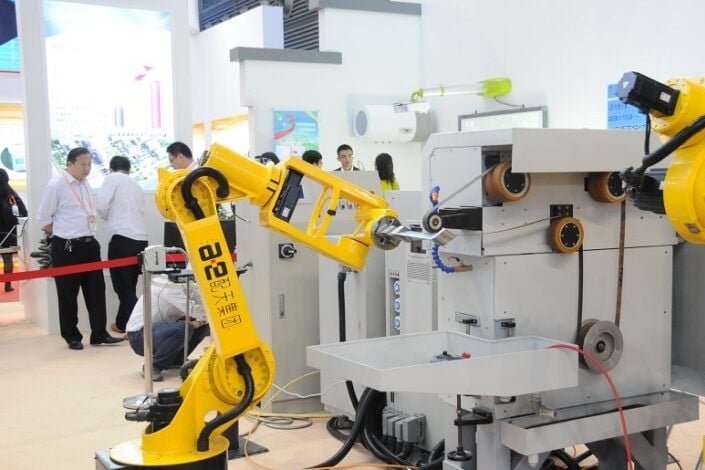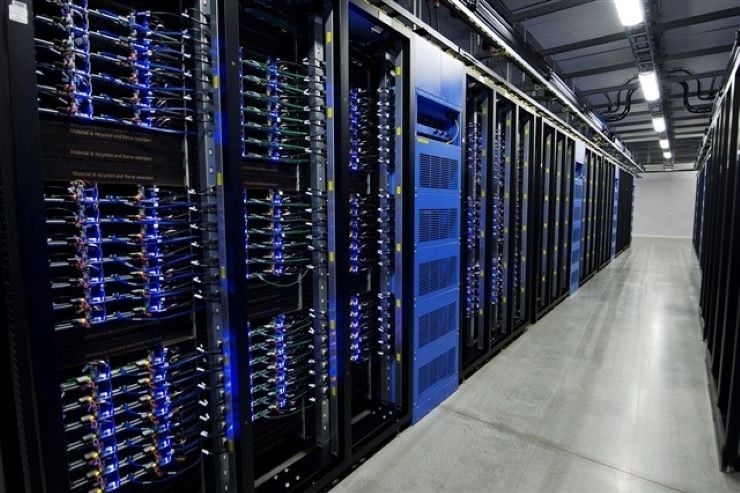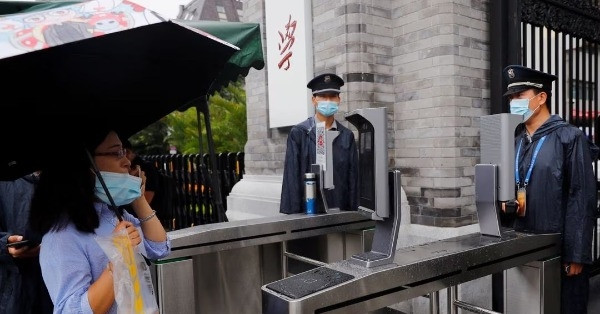{"article":{"id":"2221380","title":"The power of facial recognition technology in China","description":"From entering and leaving offices to airport security checks and paying at convenience stores, Chinese people are all too familiar with facial recognition technology.","contentObject":" The use of facial recognition technology is widespread in China, especially in public places.
Facial recognition technology is a subset of computer vision, one of the most widely commercialized areas of artificial intelligence (AI) in China, and one where some of the largest companies, including SenseTime Group and Megvii Technology, have achieved commercial success.
\nFacial recognition technology has revolutionized many different fields in China, from security and surveillance to customer service and traffic management.
\nChina's dominance in this field can be attributed to its early investment in research and development, as well as its access to massive amounts of data thanks to its large population.
\nInitially deployed to enhance public safety and security, facial recognition systems play a vital role in identifying and tracking individuals in crowded places such as airports and shopping malls.
\nHowever, the technology's potential is quickly expanding beyond security applications.
\nChinese companies have been at the forefront of integrating facial recognition technology into the customer service experience.
\nFor example, restaurants in China now use facial recognition systems to provide personalized dining experiences.
\nBy analyzing facial features, the system can identify frequent customers and offer appropriate recommendations or discounts.
\nFurthermore, the Chinese government has successfully deployed facial recognition technology to effectively solve traffic congestion.
\nUrbanization and the increasing number of vehicles pose challenges for traffic management, so video analytics technology, including facial recognition, has played an important role.
\nBy installing cameras at key intersections, traffic authorities can obtain accurate data on traffic flows in real time.
\nThis information allows traffic signal timing to be optimized and flexible lane management strategies to be implemented, alleviating congestion and improving overall traffic efficiency.
\nThe potential applications of facial recognition technology go far beyond security and traffic management.
\nChinese researchers and companies are integrating this technology in the fields of healthcare, education and retail.
\nFor example, in hospitals, facial recognition systems can quickly identify patients, helping healthcare professionals gain timely access to medical records and improve the efficiency of healthcare services.
\nIn the education sector, facial recognition can track student attendance and enhance campus security measures.
\nEven in the retail sector, this technology enables personalized shopping experiences by identifying customers and making personalized recommendations accordingly.
\nDespite its many benefits, the widespread use of facial recognition technology raises concerns about privacy and surveillance.
\nIn 2019, a database leak from SenseNets Technology, a biometrics provider based in Shenzhen, China, exposed the personal information of millions of people for months.
\nCritics say it invades individual privacy and is vulnerable to government abuse.
\nIn response, the Chinese government has implemented regulations and guidelines to ensure responsible and ethical use of the technology.
\nOn August 8, 2023, the Cyberspace Administration of China (CAC) released a draft regulation on facial recognition technology, including bans on using the technology for racial or ethnic analysis.
\nPreviously, in August 2021, China passed the National Personal Information Protection Law, setting strict regulations on how companies and government agencies manage citizens' information.
\nChina's advances in facial recognition technology have transformed many different aspects of society, enhancing security measures, improving customer experience, and optimizing traffic management.
\nAs China continues to innovate in video analytics technology, the top challenge is to strike a balance between the benefits gained from the technology and privacy protection.
\nThe evolving landscape of facial recognition technology promises exciting advances and challenges that will shape the future of Chinese society.
\n(according to Theregister)
\nChina Paves the Way to Revolutionize the Robotics Industry
\nThe issue of strengthening cybersecurity for China's data centers
\nApplication of 5G technology in e-commerce logistics industry in China
\nArtificial Intelligence Permeates Daily Life in China
\nChina's Governance Solution for the Artificial Intelligence Industry
\nFrom entering and leaving offices to security checks at airports and paying at convenience stores, Chinese people are familiar with facial recognition technology.

The use of facial recognition technology is widespread in China, especially in public places.
Facial recognition technology is a subset of computer vision, one of China's most widely commercialized artificial intelligence (AI) fields, where some of the largest companies, including SenseTime Group and Megvii Technology, have achieved commercial success.
Facial recognition technology has revolutionized various sectors in China, from security and surveillance to customer service and traffic management.
China's dominance in this sector can be attributed to its early investment in research and development, as well as its access to vast amounts of data thanks to its large population.
Initially deployed to enhance public safety and security, facial recognition systems play a vital role in identifying and tracking individuals in crowded places such as airports and shopping malls.
However, the technology's potential is quickly expanding beyond security applications.
Chinese companies have been at the forefront of integrating facial recognition technology into the customer service experience.
For example, restaurants in China now use facial recognition systems to provide personalized dining experiences.
By analyzing facial features, this system can identify frequent customers and make appropriate recommendations or discounts.
Furthermore, Chinese authorities have successfully deployed facial recognition technology to effectively resolve traffic congestion.
Urbanization and the growing number of vehicles pose traffic management challenges, so video analytics technology, including facial recognition, has played an important role.
By installing cameras at important intersections, traffic management agencies can obtain accurate data on traffic flow in real time.
This information enables optimization of traffic signal timing and implementation of flexible lane management strategies, reducing congestion and improving overall traffic efficiency.
The potential applications of facial recognition technology go far beyond security and traffic management.
Chinese researchers and companies are integrating this technology in the healthcare, education and retail sectors.
For example, in hospitals, facial recognition systems can quickly identify patients, help healthcare professionals timely access medical records, and improve the efficiency of healthcare services.
In the field of education, facial recognition can track student attendance and enhance campus security measures.
Even in retail, this technology enables personalized shopping experiences by identifying customers and providing personalized recommendations accordingly.
Despite its many benefits, the widespread use of facial recognition technology raises concerns about privacy and surveillance.
In 2019, the database of SenseNets Technology, a biometrics provider based in Shenzhen (China), was leaked, exposing the personal information of millions of people for months.
Critics say it invades individual privacy and is vulnerable to government abuse.
In response, Chinese authorities have implemented regulations and guidelines to ensure responsible and ethical use of technology.
On August 8, 2023, the Cyberspace Administration of China (CAC) released a draft governing facial recognition technology, including bans on using this technology for racial or ethnic analysis.
Previously, in August 2021, China passed the National Personal Information Protection Law, setting strict regulations on how companies and government agencies manage citizen information.
China's advances in facial recognition technology have transformed various aspects of society, enhancing security measures, improving customer experience and optimizing traffic management.
As China continues to innovate in video analytics technology, the primary requirement is to strike a balance between the benefits derived from this technology and protecting privacy.
The evolving landscape of facial recognition technology promises exciting advances and challenges that will shape the future of Chinese society.
(according to Theregister)

China Paves the Way to Revolutionize the Robotics Industry
China is not only reshaping the global robotics industry, but also offering significant opportunities for innovation, economic growth, and the overall advancement of its manufacturing sector.

The issue of enhancing cyber security for China's data centers
China has successfully installed its first commercial undersea data center, signaling a revolution in digital sovereignty.

Application of 5G technology in e-commerce logistics industry in China
With hundreds of millions of items shipped across the country every day, logistics has become a crucial part of China's e-commerce ecosystem.

Artificial Intelligence Permeates Daily Life in China
Artificial intelligence has become an indispensable part of daily life in China, affecting many different aspects of society.

China's Governance Solution for the Artificial Intelligence Industry
China's artificial intelligence industry is developing rapidly, aiming to achieve the goal of 'leapfrogging', requiring comprehensive and holistic management solutions.
Source







![[Photo] Phu Quoc: Propagating IUU prevention and control to the people](https://vstatic.vietnam.vn/vietnam/resource/IMAGE/2025/8/24/f32e51cca8bf4ebc9899accf59353d90)

![[Photo] Party and State leaders meet with representatives of all walks of life](https://vstatic.vietnam.vn/vietnam/resource/IMAGE/2025/8/24/66adc175d6ec402d90093f0a6764225b)



























































































Comment (0)